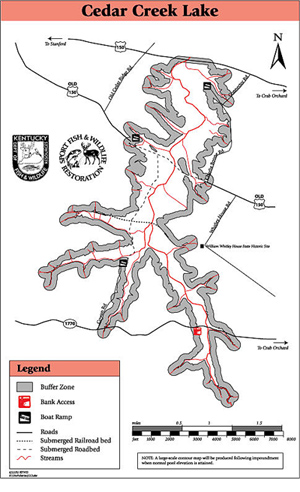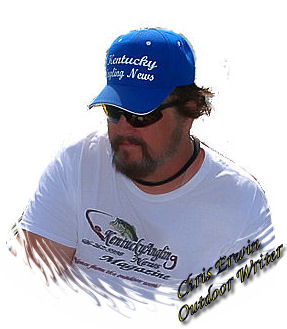Editor’s note: This is part three of a five part series on “Learning the Four Bait Categories.” As promised we will start with “Topwater.”
I wanted to start with topwater for a couple reasons. The obvious one is we are starting from the top and working our way down to the bottom. But there is more to it than that. Topwater is hands down the way I most like to catch fish. It’s hard to beat the thrill of the erupting explosion that occurs when a fish blows up and commits to killing your twitching surface bait.
When we look at topwater lures they are generally broken down into five subtopics: buzzbaits, jerkbaits, propbaits, chuggers and walking stick baits. This is the way I studied them. However, as fishing has progressed in recent years, I think we should add one more subtopic: soft-plastic surface lures.
We could write a book on just these subtopic surface lures but we don’t have the space for that so I will give you the condensed version. You need to get out there and learn more by doing.

Pre-spawn – I like to use jerkbaits. These minnow-type lures can catch fish on sunny days in early spring when most people are dragging the bottom. Some of the largest bass of the season will come to the bank first. When they do, these baits can be fished slowly. In clear water they can draw fish to the surface from depths of up to 14 feet. You should also think about using a buzzbaits as the water begins to warm and hits the low 60s.
I also find that more and more anglers are using weightless plastic baits like the Senko or others to draw fish to the surface much the same as jerkbaits. The difference is you can fish these plastics in slop that other topwater lures can’t be fished in without hanging up. They are as weedless as any bait in your box.
Post-Spawn – After the spawn, bass go through a short recovery period. Then they go on the prow. This is when I like to use chuggers, propbaits and walking stick baits. Bass cruise the shoreline and other structure like weeds and lay down trees looking for easy prey. Usually the bluegills are done spawning, crappies have spawned, and of course, the bass have spawned. Fry are abundant at this time and bass are looking for wounded prey. Chuggers like the Pop R can be effective during this period. I like to dress it with a feathered rear hook. When twitched even very lightly it can drive a bass crazy.
This is also a good time for prop-baits. They are heavy and can be thrown long distances along the bank and other structure stopping in high percentage areas where you can be twitching and dead-sticking them to draw fish from cover.
Lastly, I want to talk about the king of topwater: Walking stick baits like the Zara Spook. The spook and other similar baits are where you must learn to put the action into the lure. It takes time to learn the cadence and rhythm to make these baits work properly.
We should also talk a little about line here. Most anglers use one of three line types, monofilament, braid or Fluorocarbon. For topwater baits I use monofilament and I do that because it floats. It’s also quicker to change baits than it is using a braid. Fluorocarbon line sinks so I use it for jigs, crankbaits and worms but I want the line to float when I’m using topwater baits.
Next time we will cover spinnerbaits.





Be the first to comment